The idea for this field trip came about as most wonderful ideas do: on a slow morning enjoying coffee, good company, with warm biscuits and honey. We decided we simply wanted to know more about bees. And we weren’t disappointed. Camera in hand, we visited Dr. Bradley Pewitt (surgeon by day and avid nature preserver by day-off), who was kind enough to give us a personal tour of his land and share fact after fascinating fact about these social insects.
 |
|
 |
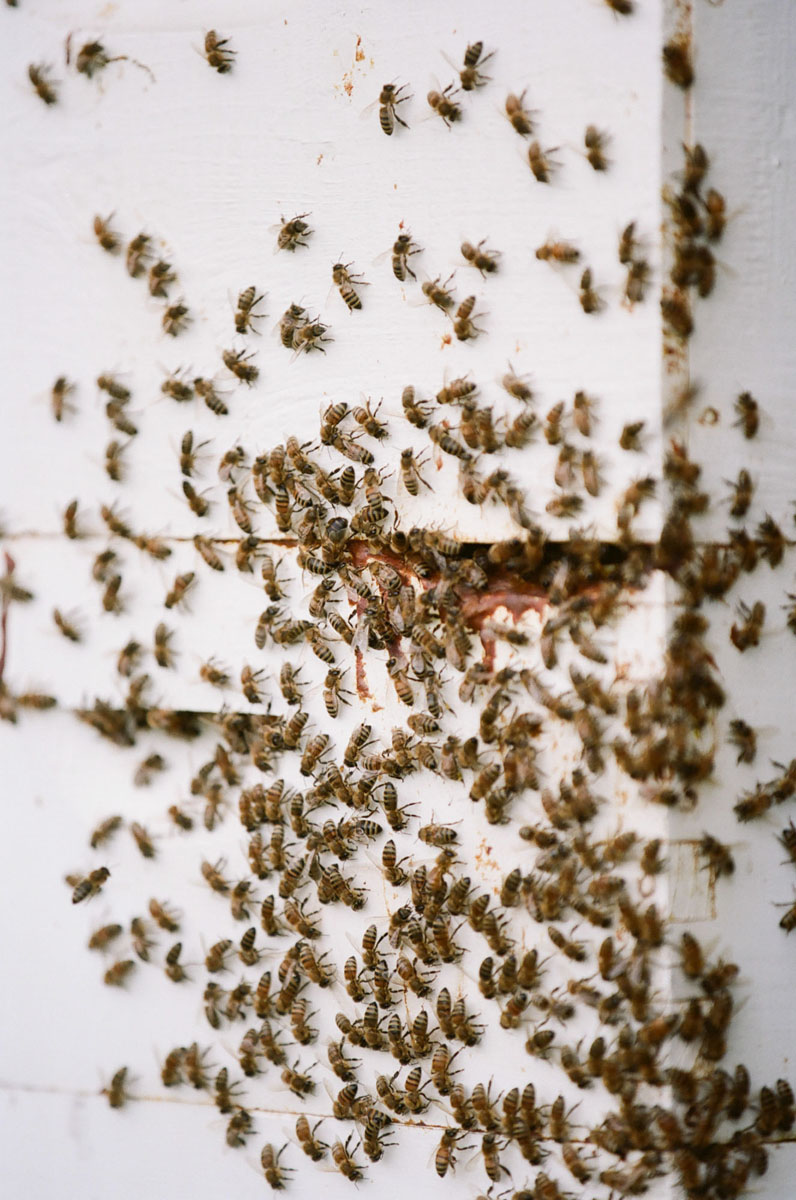 |
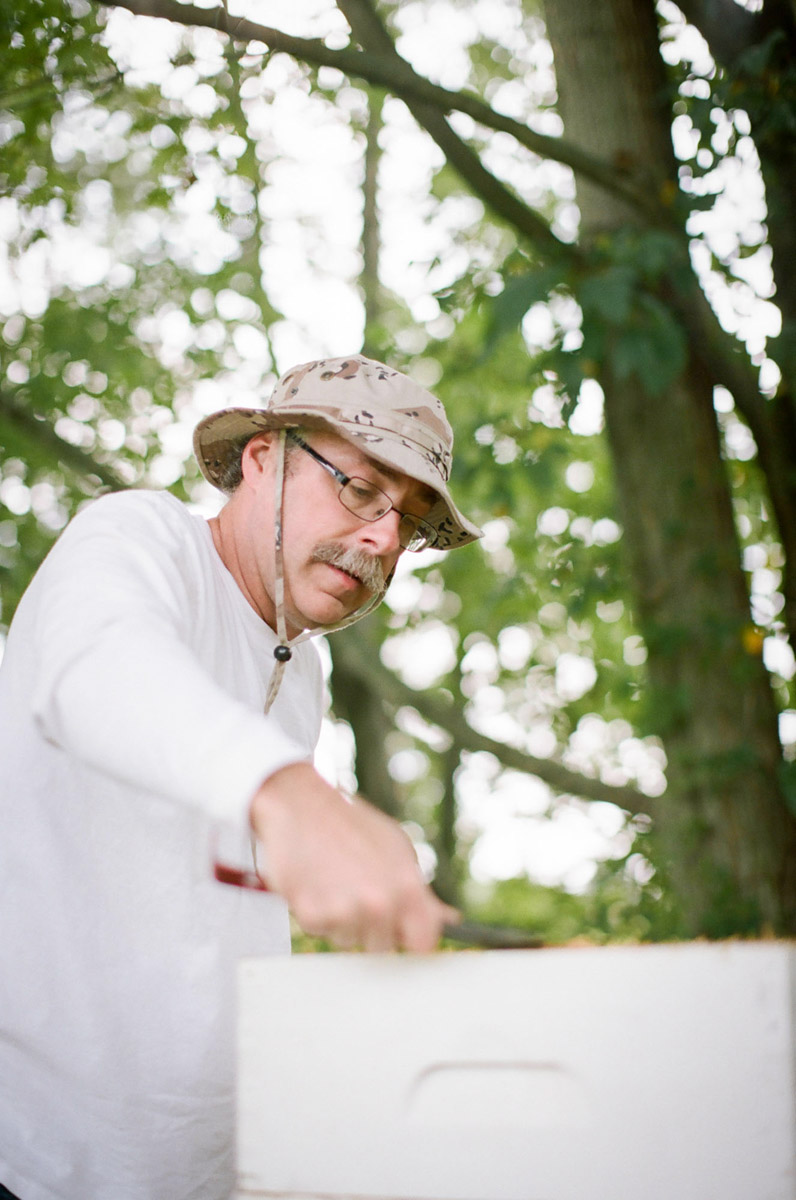 |
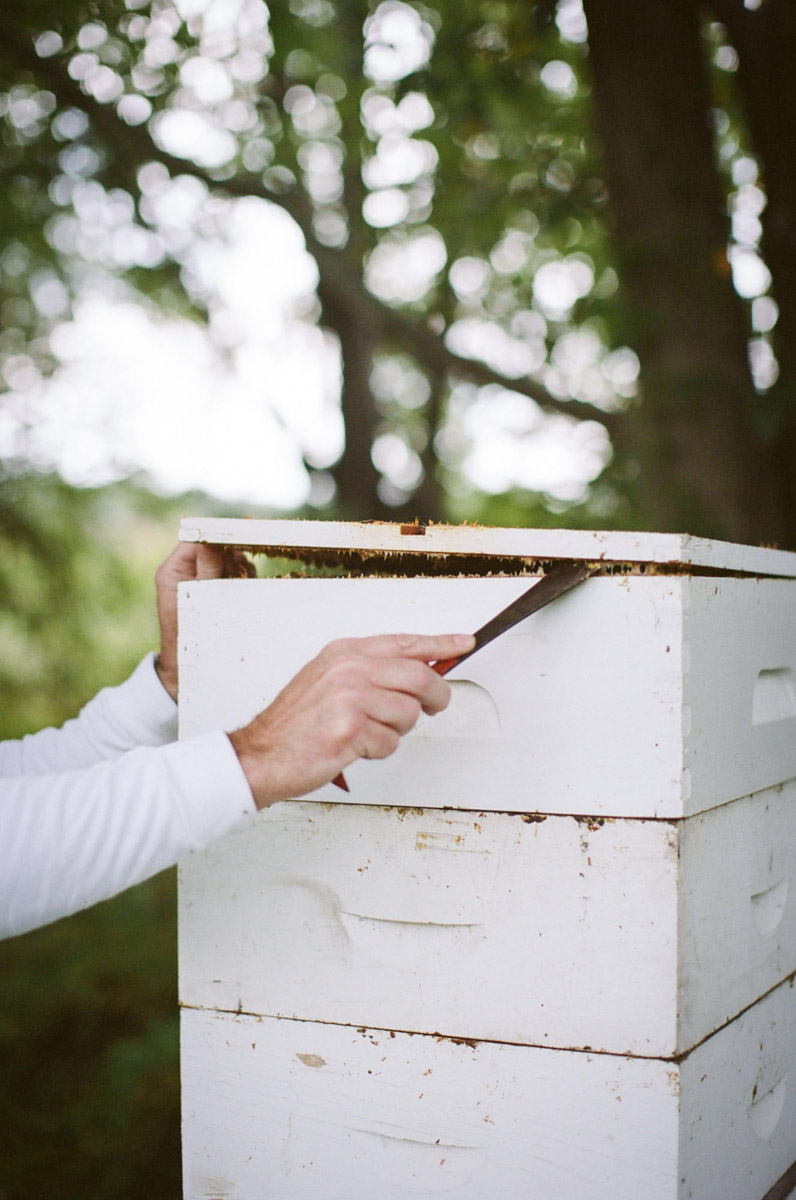 |
Honeybee colonies operate in constant communication and astounding order. A clear division of labor exists within the hive and includes drones (all males, solely created to reproduce), the worker bees (all female named because they attend to literally every single task within the hive), and of course the Queen whose primary purpose is reproduction. Her physical presence, and the pheromones she releases, provide social order and appoint individual roles to each of her thousands of eggs. Her long abdomen and shorter wings help to distinguish her from the others.
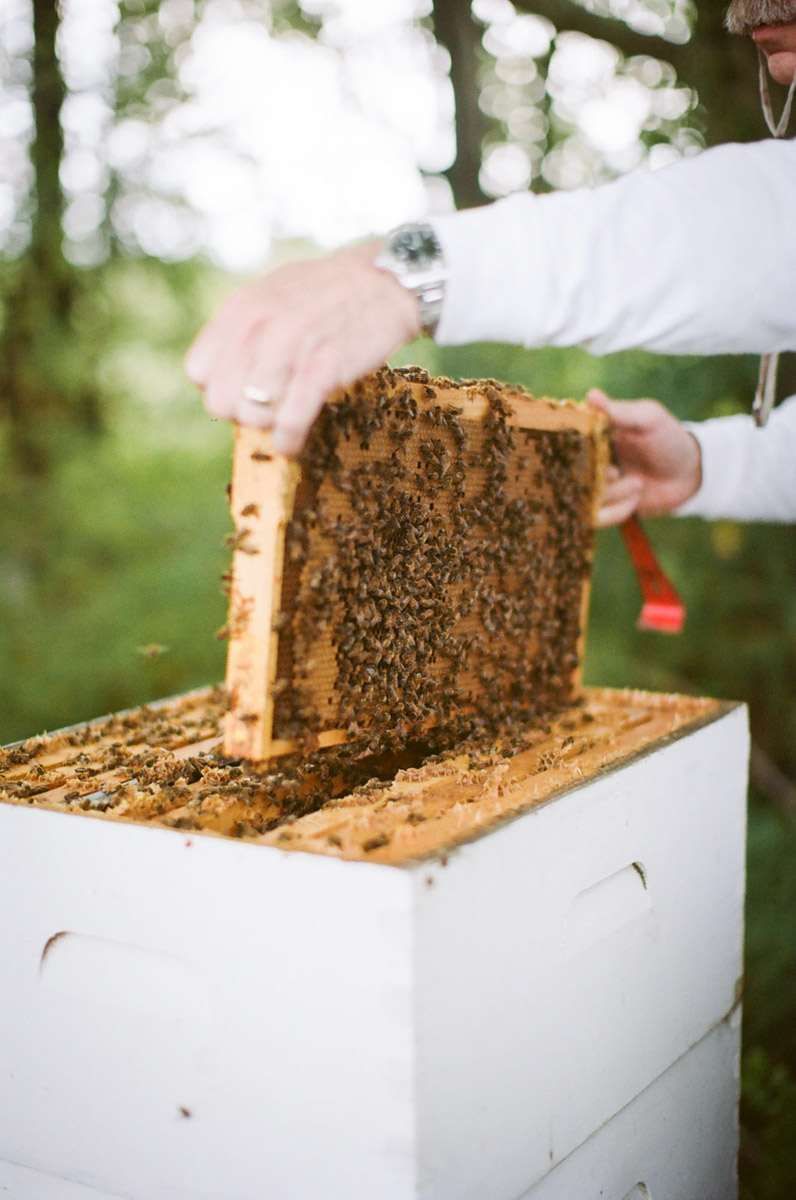 |
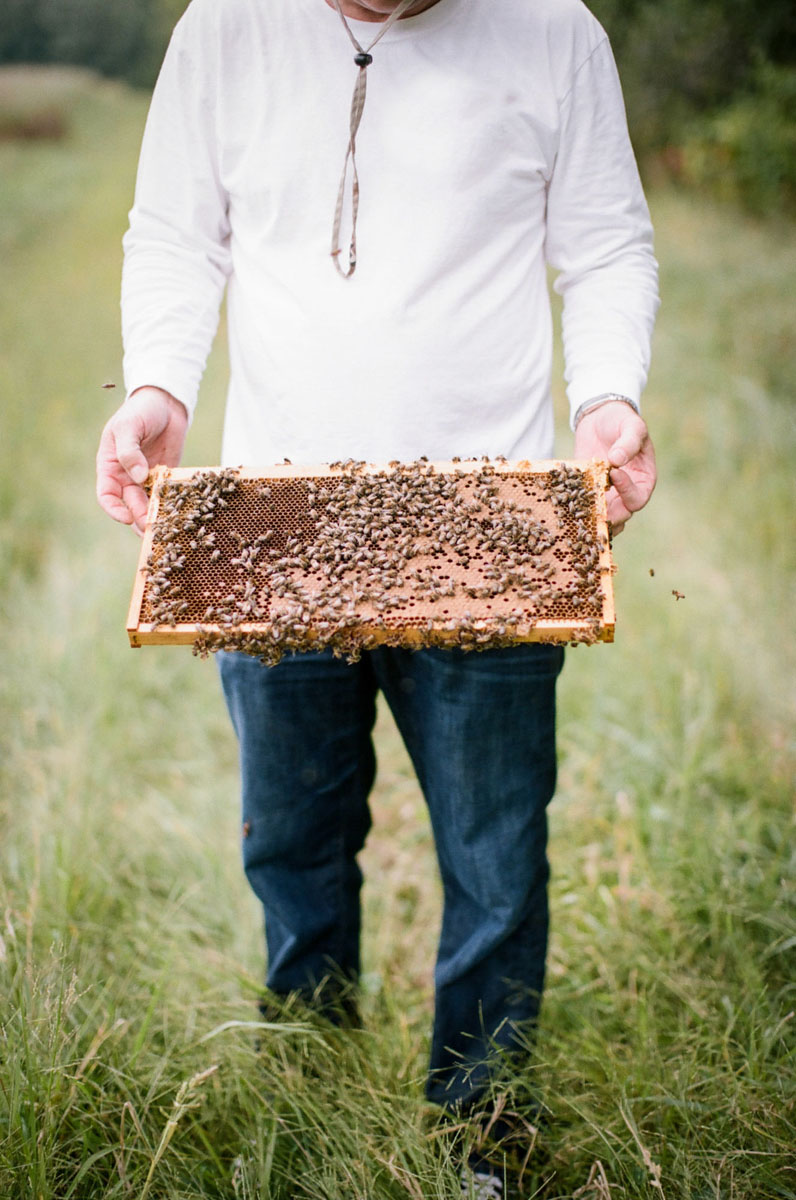 |
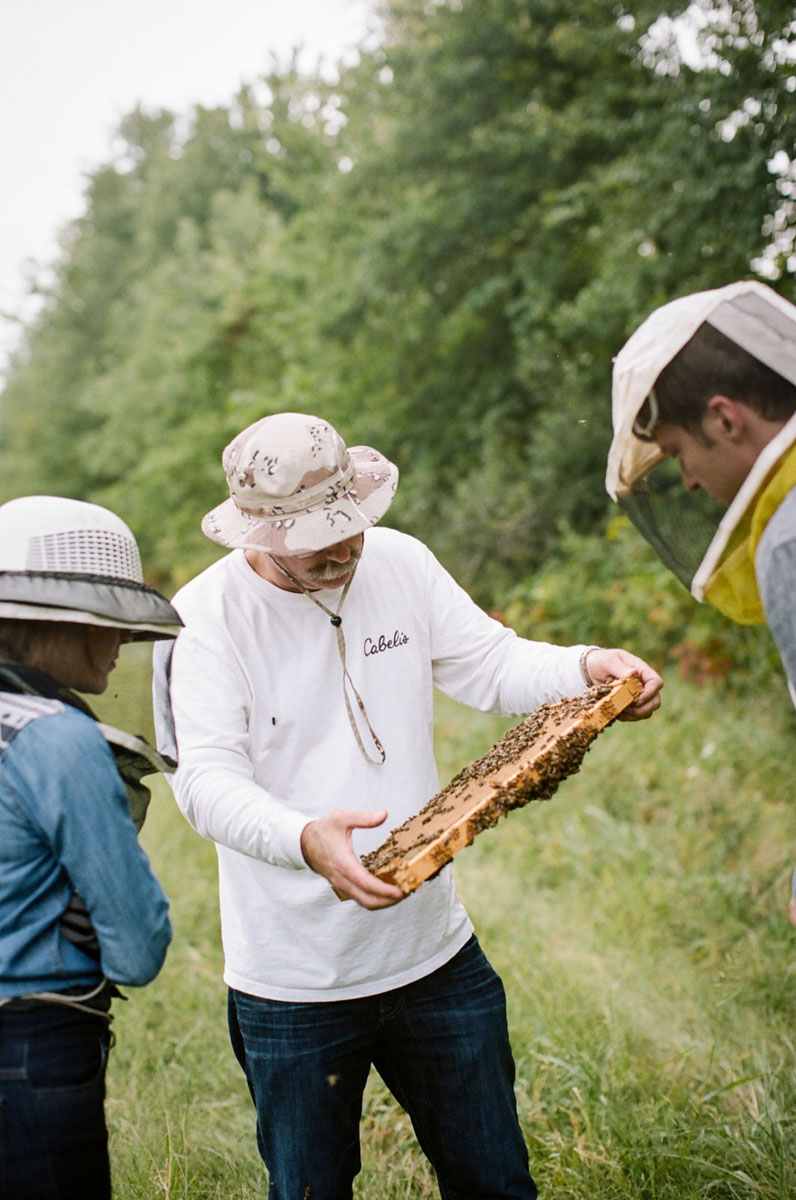 |
 |
A smaller hive requires twenty to thirty pounds of honey to survive the winter—strong colonies often produce at least twice that. And this is one of Dr. Pewitt’s roles in tending his bees: ensuring they have enough honey to make it through the winter and that each colony has a bee to call Queen.
Any excess honey can then be harvested and, thanks to the variety of wild flowers planted on the land, the result is a delicious polyflora honey.
Many of our crops depend exclusively on the bee for production. It is often said that with every three mouthfuls you should thank a bee! With the honeybee on a dangerous, steady decline, it’s folks like Dr. Pewitt giving of their time and space that will aid in the necessary resurgence of the bee. We left in awe of this tiny insect—and with only two bee stings!—and with a deep appreciation for the folks who provide space for the honeybee to thrive.
Those warm biscuits and honey taste even sweeter now.
 |
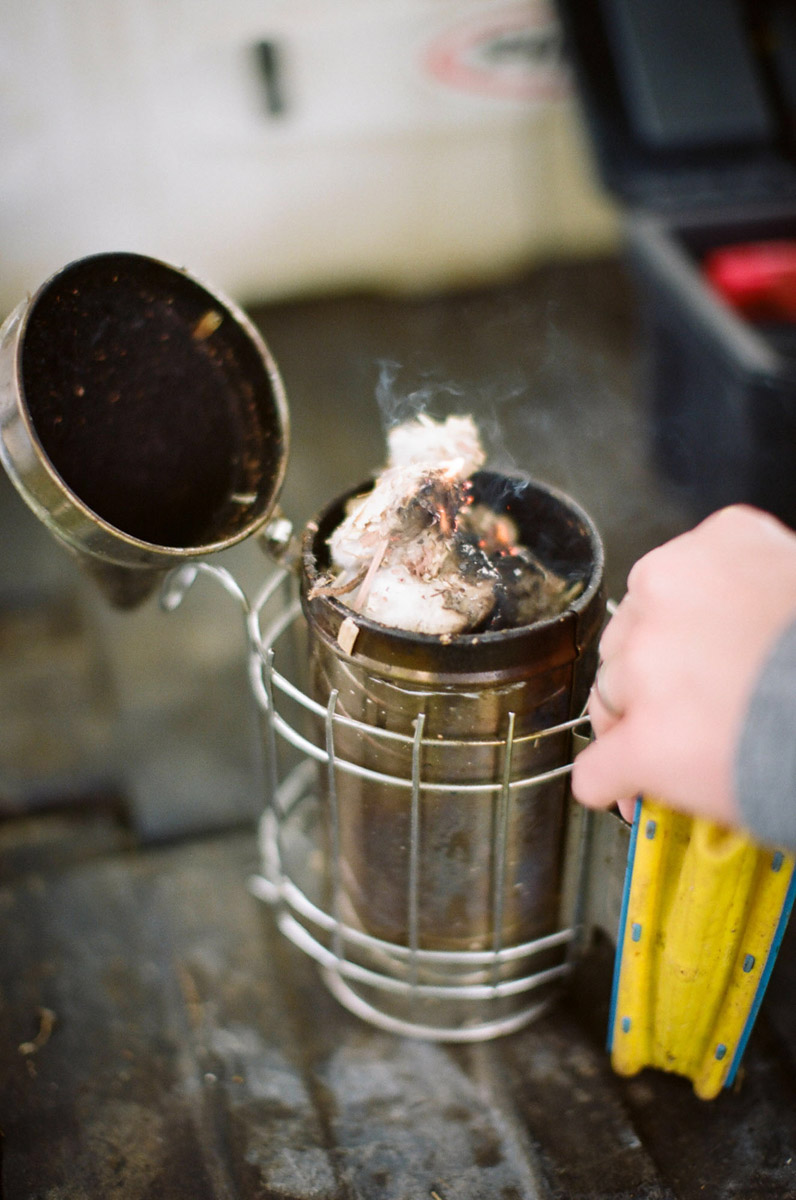 |
 |
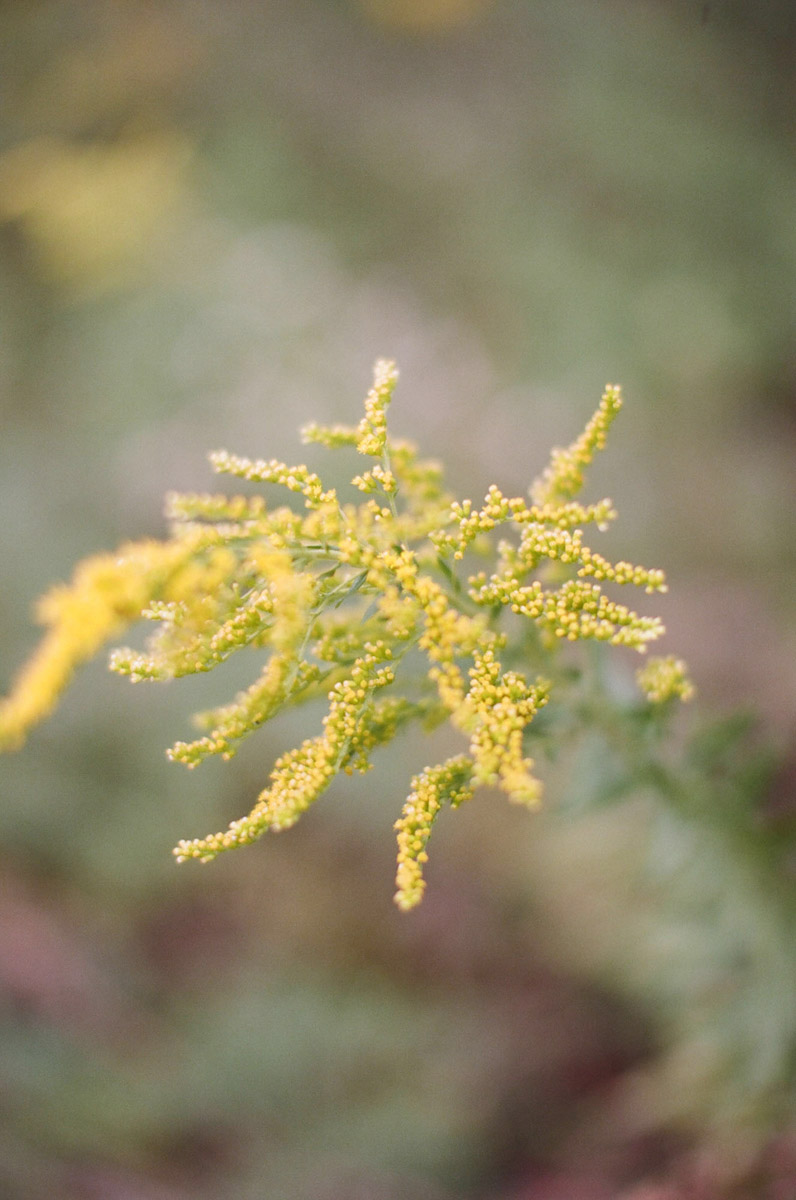 |
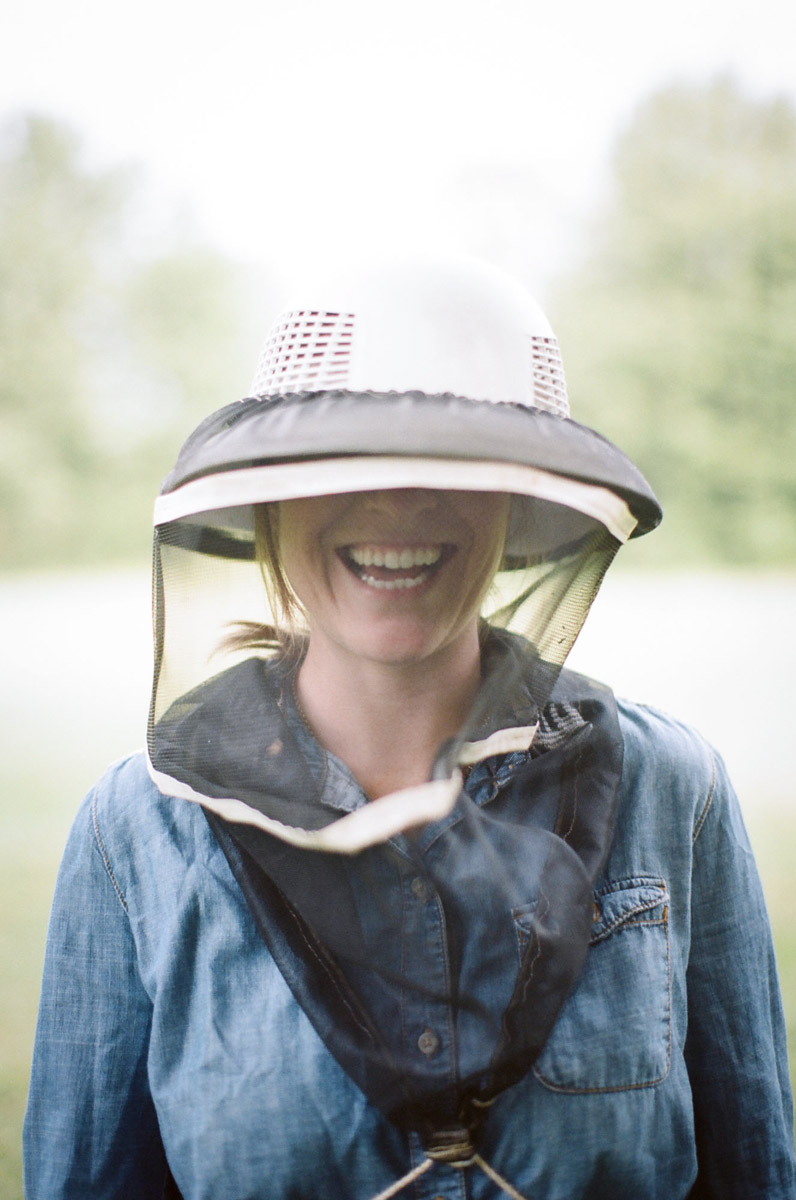 |
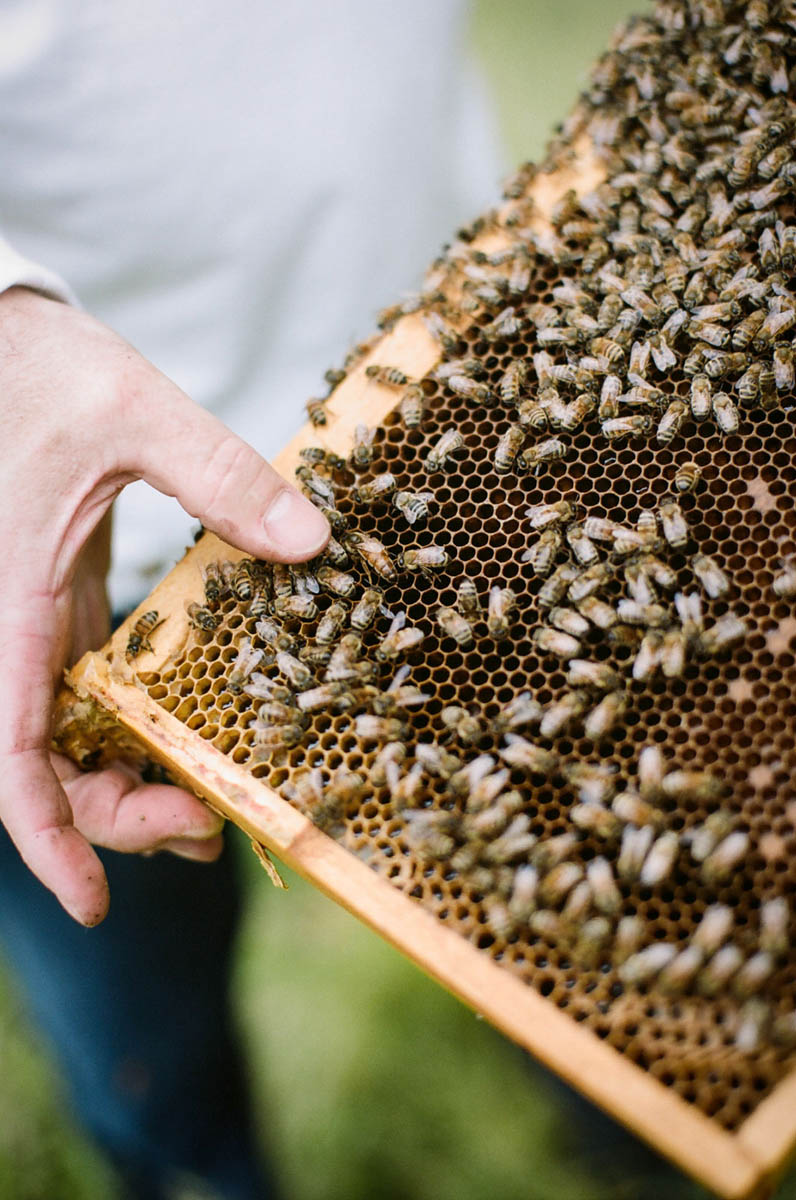 |





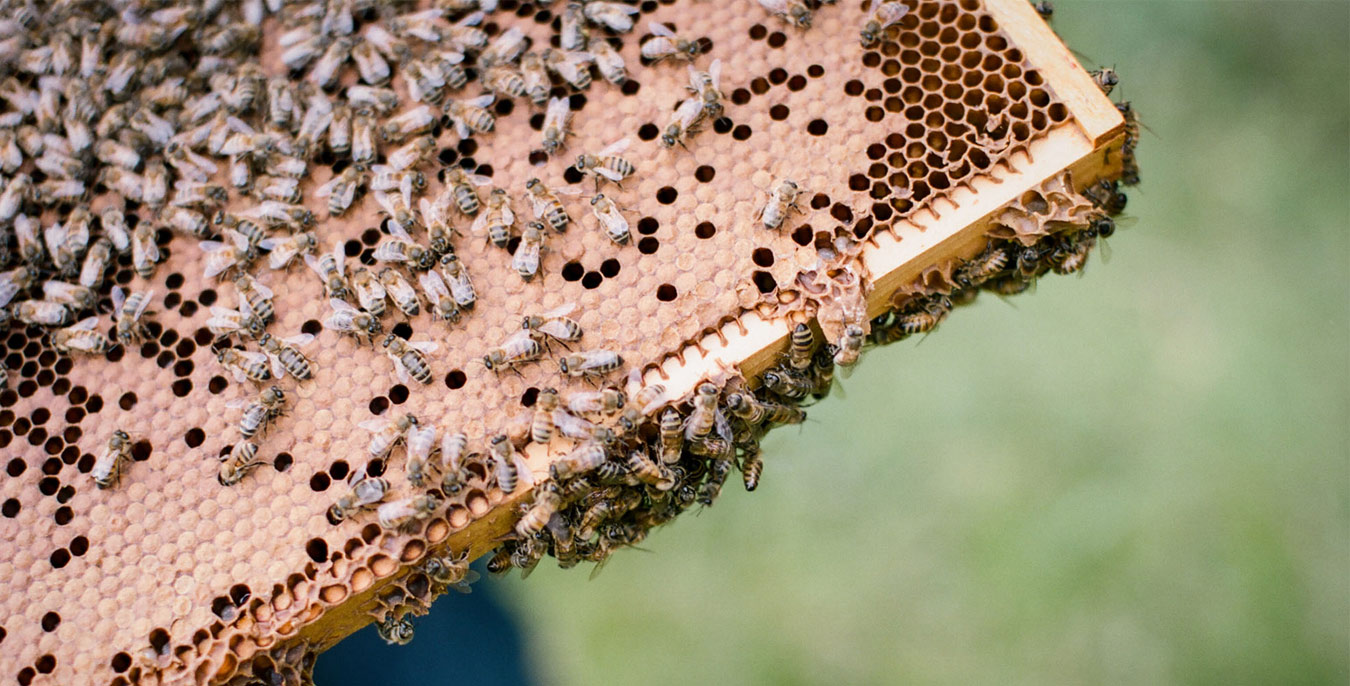

Our comments section is for members only.
Join today to gain exclusive access.